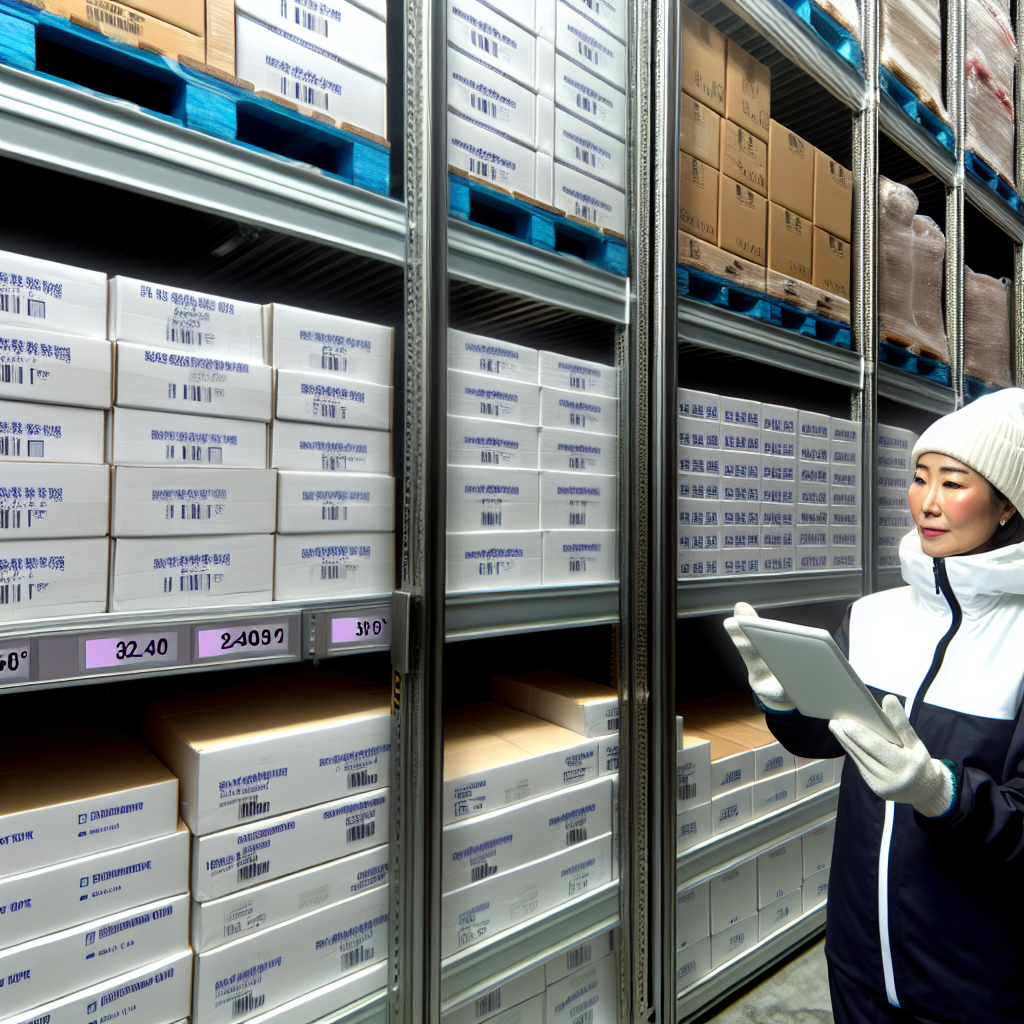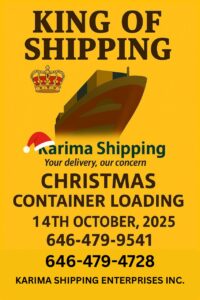Cold Chain Logistics: Best Practices for Temperature-Sensitive Shipments
Introduction to Cold Chain Management
In an era where consumer demand for perishable goods is rapidly increasing, ensuring the integrity of temperature-sensitive shipments is critical. Cold chain logistics involves a controlled supply chain designed to keep products at necessary temperatures throughout the transportation process. This blog will guide you through the best practices in cold chain logistics to maintain product quality, reduce spoilage, and ensure customer satisfaction.
Monitoring Solutions
Effective temperature monitoring is the cornerstone of successful cold chain logistics. Leveraging modern technology can vastly improve accuracy and reliability:
- Real-time Sensors: Employ sensors that provide live data to track temperature fluctuations and prevent potential spoilage.
- Data Loggers: Use data loggers to document temperature conditions throughout the journey, aiding in compliance and performance assessments.
- Automated Alerts: Set up automatic notifications for any temperature deviations to enable prompt corrective action.
Packaging Techniques
Proper packaging tecniques are essential in maintaining temperature requirements:
- Insulated Containers: Use high-quality insulated containers to minimize heat exchange.
- Gel Packs and Dry Ice: Include gel packs or dry ice to reinforce temperature control, especially for longer shipments.
- Package Alignment: Ensure proper stacking and arrangement to optimize cooling efficiency.
Transportation Methods
Choosing the right transportation method is pivotal:
- Refrigerated Trucks: Utilize refrigerated trucks for large volume shipments requiring precise temperature regulation.
- Air Freight: For high-priority, time-sensitive shipments, consider air freight options.
- Multi-modal Solutions: Integrating various modes of transportation can provide greater flexibility and reliability.
This might interest you: Top Logistic Trends To Look Out For
Employee Training
Training logistics personnel is crucial for maintaining an efficient cold chain:
- Regular Workshops: Implement training sessions to improve workers’ understanding of cold chain protocols.
- Up-to-date SOPs: Maintain current standard operating procedures for handling temperature-sensitive goods.
Integration with Other Systems
Seamless integration with existing logistics systems enhances overall performance:
- Consider a fully integrated logistics system for efficient tracking across the supply chain.
- Leverage advanced logistics software to monitor and manage cold chain operations effectively.
Conclusion
Ensuring excellence in cold chain shipping is vital for any business handling temperature-sensitive shipments. By implementing robust monitoring solutions, packaging methods, transportation strategies, and integrating systems, businesses can maintain product integrity and meet customer expectations.
To learn more about improving your logistics strategies, check out this comprehensive industry report on current cold chain logistics trends.
Contact us today to optimize your cold chain logistics and safeguard product quality throughout your supply chain!









